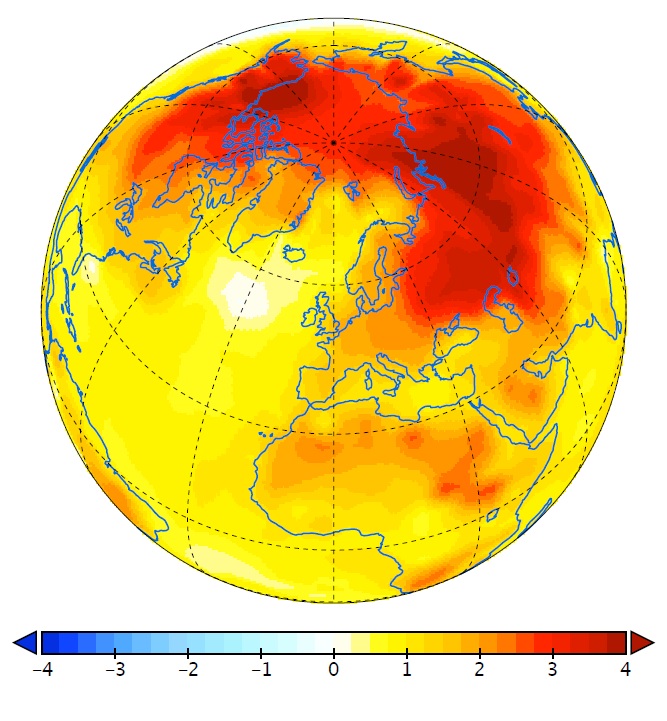주메뉴
- About IBS 연구원소개
-
Research Centers
연구단소개
- Research Outcomes
- Mathematics
- Physics
- Center for Theoretical Physics of the Universe(Particle Theory and Cosmology Group)
- Center for Theoretical Physics of the Universe(Cosmology, Gravity and Astroparticle Physics Group)
- Center for Exotic Nuclear Studies
- Center for Artificial Low Dimensional Electronic Systems
- Center for Underground Physics
- Center for Axion and Precision Physics Research
- Center for Theoretical Physics of Complex Systems
- Center for Quantum Nanoscience
- Center for Van der Waals Quantum Solids
- Chemistry
- Life Sciences
- Earth Science
- Interdisciplinary
- Institutes
- Korea Virus Research Institute
- News Center 뉴스 센터
- Career 인재초빙
- Living in Korea IBS School-UST
- IBS School 윤리경영


주메뉴
- About IBS
-
Research Centers
- Research Outcomes
- Mathematics
- Physics
- Center for Theoretical Physics of the Universe(Particle Theory and Cosmology Group)
- Center for Theoretical Physics of the Universe(Cosmology, Gravity and Astroparticle Physics Group)
- Center for Exotic Nuclear Studies
- Center for Artificial Low Dimensional Electronic Systems
- Center for Underground Physics
- Center for Axion and Precision Physics Research
- Center for Theoretical Physics of Complex Systems
- Center for Quantum Nanoscience
- Center for Van der Waals Quantum Solids
- Chemistry
- Life Sciences
- Earth Science
- Interdisciplinary
- Institutes
- Korea Virus Research Institute
- News Center
- Career
- Living in Korea
- IBS School
News Center
| Title | Local Drivers of Amplified Arctic Warming | ||
|---|---|---|---|
| Embargo date | 2018-11-20 01:00 | Hits | 2312 |
| Press release | |||
| att. | |||
Local Drivers of Amplified Arctic WarmingLong-term observations of surface temperatures show an intensified surface warming in Canada, Siberia, Alaska and in the Arctic Ocean relative to global mean temperature rise. This warming pattern, commonly referred to as Arctic amplification, is consistent with computer models, simulating the response to increasing greenhouse gas concentrations. However, the underlying physical processes for the intensified warming still remain elusive.
A new international research study on the cause of Arctic amplification published this week in the journal Nature Climate Change shows that local greenhouse gas concentrations, and Arctic climate feedbacks outweigh other processes. Using complex computer simulations, the scientists were able to disprove previously suggested hypotheses, that emphasized the role of transport of heat from the tropics to the poles as one of the key contributors to the amplified warming in the Arctic. "Our study clearly shows that local carbon dioxide forcing and polar feedbacks are most effective in Arctic amplification compared to other processes", said corresponding author Malte Stuecker, project leader at the IBS Center for Climate Physics (ICCP) in Busan, South Korea. Increasing anthropogenic carbon dioxide (CO2) concentrations trap heat in the atmosphere, which leads to surface warming. Regional processes can then further amplify or dampen this effect, thereby creating the typical pattern of global warming. In the Arctic region, surface warming reduces snow and sea-ice extent, which in turn decreases the reflectivity of the surface. As a result, more sunlight can reach the top of layers of the soil and ocean, leading to accelerated warming. Furthermore, changes in Arctic clouds and of the vertical atmospheric temperature profile can enhance warming in the polar regions. In addition to these factors, heat can be transported into the Arctic by winds. "We see this process for instance during El Niño events. Tropical warming, caused either by El Niño or anthropogenic greenhouse emissions, can cause global shifts in atmospheric weather patterns, which may lead to changes in surface temperatures in remote regions, such as the Arctic", said Kyle Armour, co-author of the study and professor of Atmospheric Sciences and Oceanography at the University of Washington. Moreover, global warming outside the Arctic region will also lead to an increase in Atlantic Ocean temperatures. Ocean currents, such as the Gulf Stream and the North Atlantic drift can then transport the warmer waters to the Arctic ocean, where they could melt sea ice and experience further amplification due to local processes. To determine whether tropical warming, atmospheric wind and ocean current changes contribute to future Arctic Amplification, the team designed a series of computer model simulations. "By comparing simulations with only Arctic CO2 changes with simulations that apply CO2 globally, we find similar Arctic warming patterns. These findings demonstrate that remote physical processes from outside the polar regions do not play a major role, in contrast to previous suggestions", says co-author Cecilia Bitz, professor of Atmospheric Sciences at the University of Washington. In the tropics – fueled by high temperature and moisture – air can easily move up to high altitudes, meaning the atmosphere is unstable. In contrast, the Arctic atmosphere is much more stable with respect to vertical air movement. This condition enhances the CO2-induced warming in the Arctic near the surface. In the tropics – due to the unstable atmosphere – CO2 mostly warms the upper atmosphere and energy is easily lost to space. This is opposite to what happens in the Arctic: Less outgoing infrared radiation escapes the atmosphere, which further amplifies the surface-trapped warming. "Our computer simulations show that these changes in the vertical atmospheric temperature profile in the Arctic region outweigh other regional feedback factors, such as the often-cited ice-albedo feedback" says Malte Stuecker. The new findings of this study highlight the importance of Arctic processes in controlling the pace at which sea-ice will retreat in the Arctic Ocean. The results are also important to understand how sensitive polar ecosystems, Arctic permafrost and the Greenland ice-sheet will respond to Global Warming. Notes for editors - Citation - Funding - Author contact - ICCP Media Contact - About the Institute for Basic Science (IBS) |
|||
|
|
|||
| Next | |
|---|---|
| before |
- Content Manager
- Communications Team : Kwon Ye Seul 042-878-8237
- Last Update 2023-11-28 14:20












